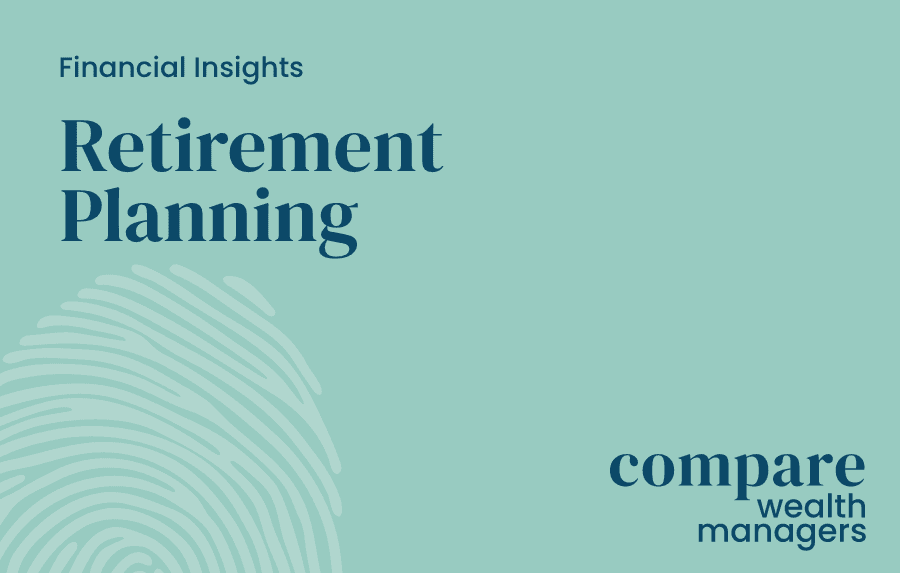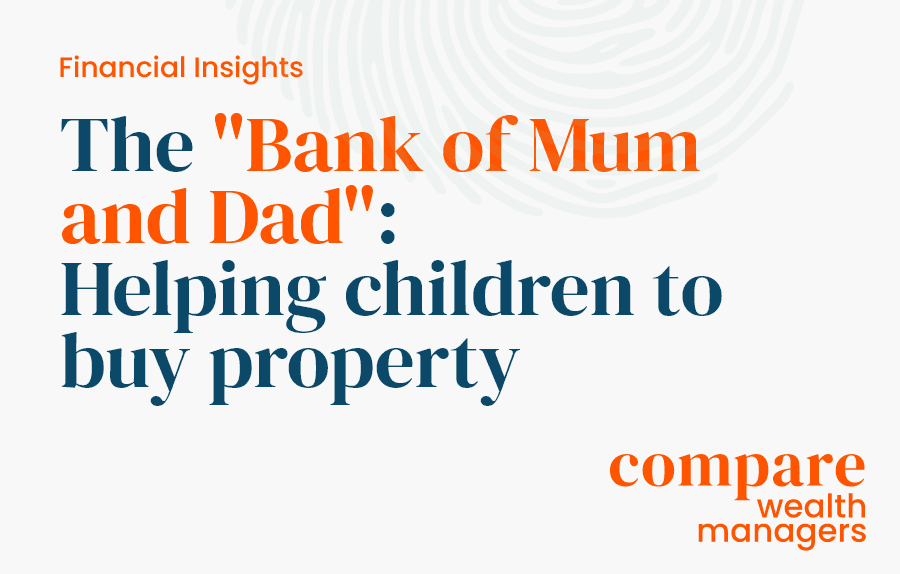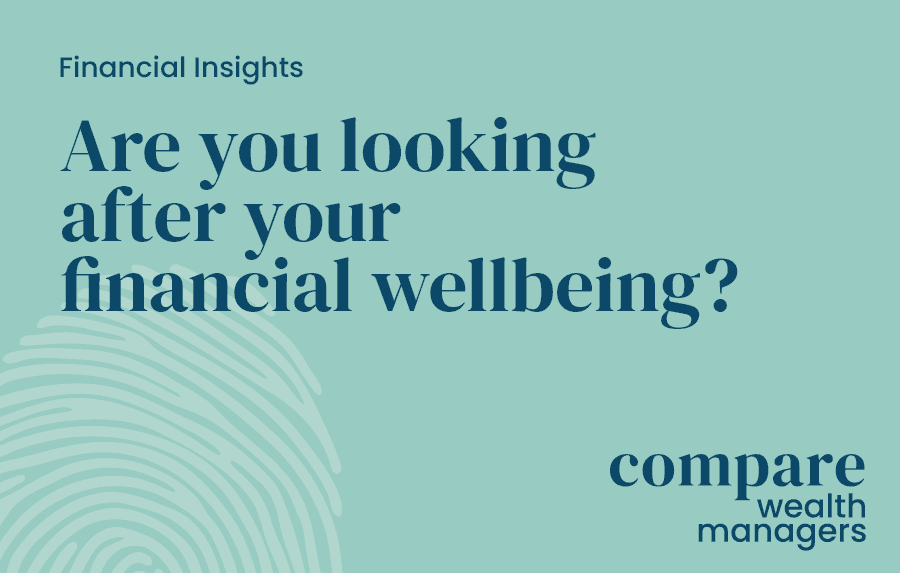Contents
Key Takeaways
Longer life expectancy increases retirement needs – UK men live to 79 and women to 83 on average, meaning retirement income must last 25–35 years.
Retirement Living Standards set clear goals – The PLSA defines minimum, moderate, and comfortable standards to help individuals plan savings in line with lifestyle expectations.
Essential costs are rising quickly – A minimum lifestyle now requires £14,400 a year for singles and £22,400 for couples, reflecting inflation and cost-of-living pressures.
Lifestyle upgrades demand higher budgets – Moderate retirement costs £31,300 for singles and £43,100 for couples, while a comfortable lifestyle needs £43,000 and £59,000.
Significant savings are required – Couples aiming for a comfortable lifestyle may each need pension savings of £328,000 alongside the full State Pension.
Timing affects retirement income – Pensions can be accessed from age 55 (57 from 2028), but early access reduces monthly income as pots must stretch further.
Professional advice strengthens outcomes – Quilter Financial Advisers help optimise savings, investments, and tax planning to achieve secure and fulfilling retirement goals.
Planning for Retirement in the UK
Dreaming about the retirement you want is one thing, but working out how much money you’ll need to finance those dreams can be daunting. It’s even harder to keep track when the cost of living is rising faster than wages. Our partner Quilter Financial Advisers are helping more people understand their retirement plans and prepare for a better financial future by reviewing pensions, savings, and wider sources of income.
Changing Perspectives on Retirement
Retirement planning is still a relatively new concept for many. Traditionally, retirement was viewed as the end of working life, whereas today it is seen as a “second chance” in later years. Increased life expectancy has also transformed expectations. Back in 1982, the state retirement age was 65 for men and 60 for women, but average life expectancy was only 70.8 years for men and 76.8 years for women. By 2022, life expectancy had risen to 79.0 years for men and 82.9 years for women. This means most people now need a pension pot and retirement savings that will last far longer than previous generations. To enjoy this new chapter, you need a clear budget and structured plan.
Setting Retirement Living Standards
The Pensions and Lifetime Savings Association (PLSA) developed the Retirement Living Standards, based on independent research by Loughborough University. These benchmarks help people picture different lifestyles in retirement and estimate their amounts of annual expenditure [1].
- Minimum – covers basic needs like food and housing.
- Moderate – offers greater security and some flexibility, supporting a moderate lifestyle.
- Comfortable – provides more luxuries and financial freedom, ensuring a higher quality of life.
According to Quilter Financial Advisers, the cost of a minimum lifestyle for a single person rose from £10,900 in 2021 to £14,400 in 2024, a 32% increase. For couples, the figure climbed from £16,700 to £22,400. These budgets cover essentials such as a weekly food shop, a one-week UK holiday, and occasional leisure activities — but no car.
Dreaming of More Than the Minimum?
The annual budget for the moderate standard of living has increased to £31,300 for a single person and £43,100 for a couple. This supports a lifestyle with some flexibility, including dining out, family support, and a two-week holiday in Europe.
At the comfortable standard, retirees can expect greater luxuries, including regular beauty treatments, theatre trips, and three three-week European holidays each year. To enjoy this lifestyle, couples need around £59,000 per year and singles £43,000. For example, a couple at this level spends around £230 per week on food.
How Can I Estimate How Much Annual Income I’ll Need?
A good rule of thumb is the “50–70 rule,” which suggests you’ll need 50–70% of your pre-retirement salary each year. For instance, if your gross income before retirement was £100,000, you may need £50,000–£70,000 annually [2]. Using a pension calculator such as the government-backed MoneyHelper service or the PLSA’s tools helps refine this, factoring in inflation, housing, healthcare, and lifestyle choices.
Online Tools to Calculate Retirement Needs
Practical tools, such as the PLSA’s Retirement Living Standards and the government’s MoneyHelper standards website, allow you to model retirement costs. These calculators let you compare different standards of living and plan for amounts of annual expenditure in real terms.
Common Mistakes in Planning for a Comfortable Retirement
Many people underestimate how long their money needs to last in later years. Other errors include failing to make voluntary contributions to fill gaps in national insurance contributions, taking too large a lump sum early, or overlooking the impact of inflation and interest rates. Without regular reviews, people risk falling short of the PLSA’s moderate or comfortable standards. Professional advice ensures your personal pension and workplace pension savings are optimised [3].
How Much in Savings Do I Need?
For a comfortable retirement, the PLSA estimates that couples receiving the full State Pension would need to build a pension pot of around £328,000 each, based on an annuity rate of £6,200 per £100,000. However, this depends on individual circumstances, health, and the age at which you retire.
From age 55 (rising to 57 in 2028), you can access your pension fund, but taking benefits early means spreading savings across more years. For example, a 55-year-old man can expect to live to 84 — almost 30 years of retirement lifestyle costs. Women, who live longer on average, may need their pension to last closer to 35 years.
What Is the Current State Pension Age in the UK?
The state pension age is currently 66 and will rise to 67 between 2026 and 2028. Future reviews may push it higher. Your national insurance record determines eligibility, while gaps can sometimes be filled with voluntary contributions. Understanding this is crucial when balancing private savings and State Pension income [4].
Can You Retire Comfortably Without a Private Pension?
The full State Pension falls below the PLSA’s minimum retirement level, meaning it rarely meets more than basic needs. Achieving a moderate lifestyle or comfortable retirement typically requires a mix of workplace pensions, personal pensions, ISAs, and other savings. While pension credit and family support can help, most people will need additional retirement savings for security [5].
If you’re concerned about your financial future, Quilter Financial Advisers can help you review your pension pots, consider your sources of income, and create tailored retirement plans. They can also advise on income tax efficiency, gross income figures, and managing your wealth to improve your quality of life in retirement.
Approver Quilter Financial Services Ltd and Quilter Mortgage Planning Limited. 26 June 2024.





